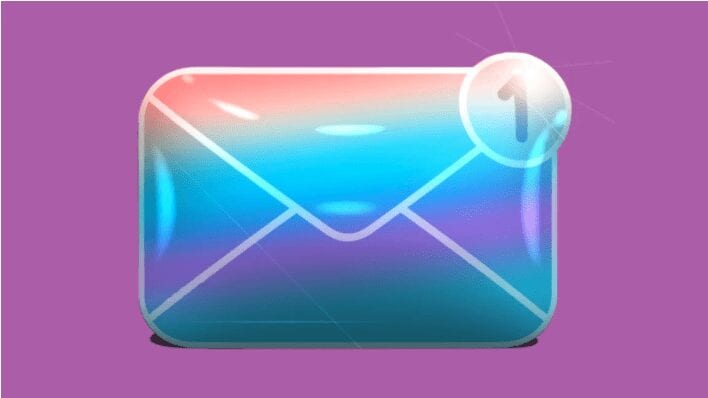The decades-old technology had stagnated for many years—until the coronavirus pandemic pushed startups to try new things.
We all know that email is where your work happens. But given your inbox’s role as the central hub of your professional life, email has largely failed to become a more effective communication tool—until recently. Part of the reason why email has stagnated is that its one of the oldest digital technologies still being used daily. The first “email” was sent on October 29, 1969, and we’re still sending them in 2020. Some of the underlying technologies have certainly evolved since that first email, but most of the protocols being used are from the previous century. SMTP (sending email) was created in 1982. IMAP (downloading email) was created in 1986. If you think about all that’s changed with technology since the 1980s, it’s baffling to think that we’re still so reliant on protocols that are so old.
Because email is built on open standards, it has remained decentralized. Unlike many other types of communication tech these days, that means that no single company can own and control it. Anyone can start a company that provides an email service, and they will be compatible with all of the other email platforms on the market. If email were built on a closed system, it would likely be controlled by a handful of big technology companies—just like some of the newer modes of communication.
But there’s a downside to email’s open nature. For the past two decades, email hasn’t gotten much attention or financial investment. During the early 2000s, the most significant innovation was Google offering one gigabyte of storage. Since then, what was the last considerable innovation we’ve seen in email? If you can’t think of anything, it’s because there hasn’t been much. It’s because even though anyone can start an email service, Big Tech—primarily Google, Microsoft, and Apple—still controls the vast majority of active email accounts.
Since every device included a “good enough” email account and email accounts were given away like candy at Halloween, there wasn’t much of a market for anyone to come along with any exciting (and paid) solution. Apps like Mailbox and Sparrow offered some new UI tricks, but they had no viable business models and couldn’t convince many people to pay for an app subscription. There was little incentive for anyone to innovate.
In addition, email’s open nature has turned into a paradox, where it’s nearly impossible to modernize it without virtually every email provider agreeing on the change. This stalemate led to the development of a host of new services designed to streamline communications. Companies needed new solutions, so they built their own. During the rise of the app economy, services like WhatsApp were designed to eliminate SMS fees for sending short messages. Slack and Microsoft Teams were created to help solve endless email threads. While all of these new services are fun and exciting, they’re all built on closed platforms.
There’s certainly a place for messaging, but email is still the centralized communication portfolio for many things that happen in our work and personal lives. When you want to reach out to a new client, you’ll use email. When you need to file your month-end expenses, you’ll find those receipts in your email. Email is still the focal point for containing our digital memories and footprint; and for most of our outbound, cross-organization communications.
However, in 2020, we’ve all been thrown into a tailspin, thanks to a global pandemic. We’ve become ever more reliant on technology to keep our organizations and our work moving forward. As much as people have tried to get away from email, they’ve realized it’s still the most efficient way to communicate. People have realized that they still need and use email daily even with new tools like Microsoft Teams and Slack, especially as entire companies have transitioned to remote work. And if they’re still going to need email, then all of these chat-based tools are just another inbox to check and manage. It’s created a message overload. We end up with more platforms or apps to manage, more distractions, and more time wasted chasing down bits of info and tasks spread across a multitude of services.
That’s why email must…


